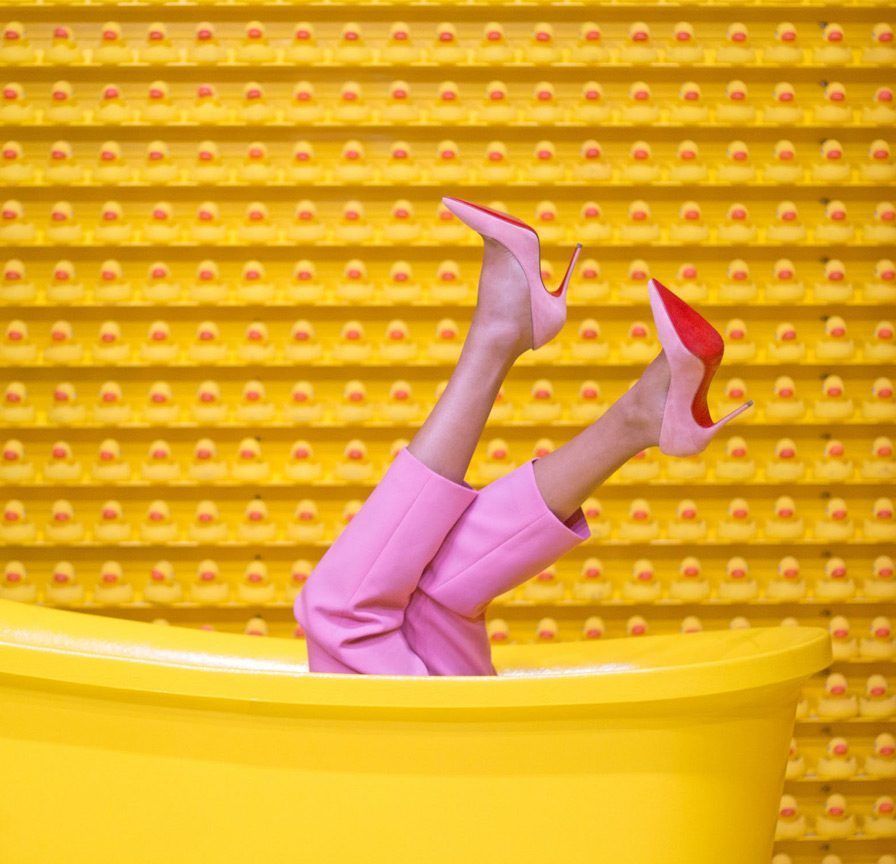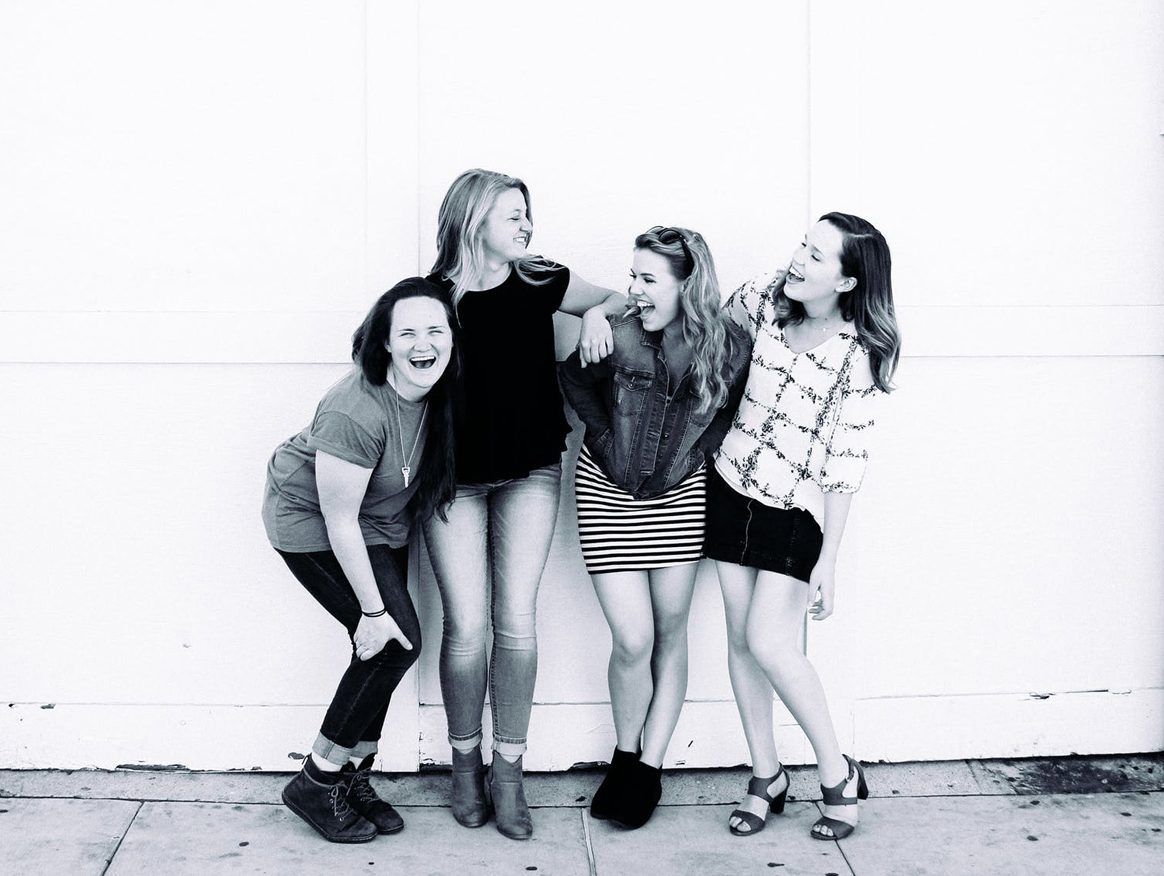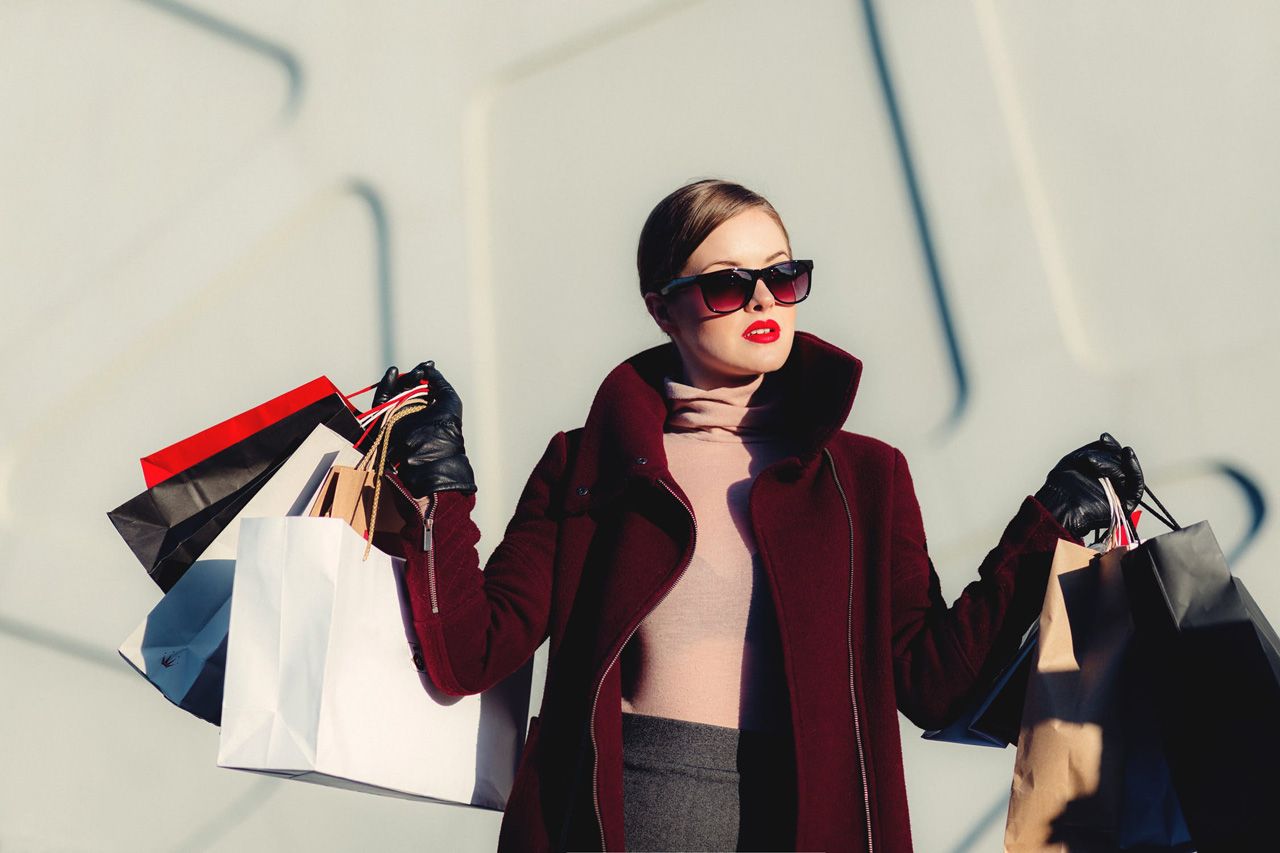Nothing is like it was before. Technology, society, economy… Everything is changing at breakneck speed. The high-end industry, in recent years has been no exception to this and according to research it will have new challenges to face in the future. Deloitte carried out a study in 2019 on the global powers in the luxury world. From this information, we can analyse the necessary evolution that these brands are going through.
The recent world economic crisis has damaged the growth of high-end bands. However, for other types of industries, the prospects for the sector are good. They are hoping that the growth rate returns to a stable state. What has happened is that the consumer preferences have changed alongside the competitive landscape.
 What direction is the luxury industry going in?
What direction is the luxury industry going in?
The traditional values that many of the luxury brands were associated with are exclusivity, prestige and impeccable service. Today those values have been pushed to the side. Firms in the sector now want to appeal to younger generations and because of this, they need to use more innovative communication platforms. Gone are the days when the high-end industry dismissed social media as a tool for the masses. An audience that wouldn’t necessarily buy luxury items.
DESIGNER BRANDS WANT TO APPEAL TO YOUNGER GENERATiONS AND BECAUSE OF THIS THEY NEED TO USE MORE INNOVATIVE COMMUNIcATION PLATFORMS.
According to the study carried out by Deloitte, it is essential that the firms invest in digital communication, mobile apps and more adventurous business models in order to continue making a profit. They will have to take a chance on innovation and include in their marketing and communication strategies concepts such as Artificial Intelligence or Augmented Reality in order to increase their sales. In the era of the Internet of Things (IoT), “renovate or die” has never been more relevant.
 Consolidating an omni-channel strategy also seems to be one of the challenges that the luxury brands have to confront. In order to make sure that the investment can continue to be omni-channel, it is essential that the new consumer preferences are taken into consideration, that they unite both the online and in-store shopping experiences.
Consolidating an omni-channel strategy also seems to be one of the challenges that the luxury brands have to confront. In order to make sure that the investment can continue to be omni-channel, it is essential that the new consumer preferences are taken into consideration, that they unite both the online and in-store shopping experiences.
New consumers for the luxury industry
Target audience profiles are changing and the luxury sector needs to, one way or another, get closer to the younger sectors: the Millennials and Generation Z.
 Millennials and Generation Z represent, according to Deloitte, 40% of the luxury goods market. This group of the youngest consumers are loyal to social media and new technology. They already do not conform to the values of previous generations and they also want things to adapt immediately.
Millennials and Generation Z represent, according to Deloitte, 40% of the luxury goods market. This group of the youngest consumers are loyal to social media and new technology. They already do not conform to the values of previous generations and they also want things to adapt immediately.
ACCORDING TO A STUDY CARRIED OUT BY DELOITTE, 40% OF THE LUXURY GOODS MARKET IS MADE UP OF MILLENNIALS AND GENERATION Z.
This population sector is looking to shop through digital platforms and to have a more personalised experience in physical shops. They also appreciate the fact the firms promote customer loyalty programs that award the most loyal customers with invitations to events or private sales.
Another important factor: Millennials and Generation Z are worried about the environment, in particular sustainable and ecological garments. This is another aspect that the high-end industry has had to adapt itself to. It is becoming more and more common to find designer firms that stand out for their use of renewable and organic materials.
How are designer brands adapting to the new communication strategies?
The firms that are part of the Top 100 luxury brands in the world are, in one way or another, adapting all of their communication strategies. The three most important businesses in the world ranking are LVMH, Estée Lauder and Richemont. They all span different sectors of the luxury industry but they have all adopted new communication strategies.
LVMH has adopted a virtual advisor in Facebook Messenger for its American clients. The advisor helps the client to look through the product catalogue, details the history of Louis Vuitton and includes advice on how to take care of the firm’s products.
 Estée Lauder has adopted something similar and launched their first messenger bot in the United Kingdom. This tool helps clients to explore their new products, read product instructions and find the location of the closest shops. It also uses augmented reality to advise every woman on the most suitable lipstick for her.
Estée Lauder has adopted something similar and launched their first messenger bot in the United Kingdom. This tool helps clients to explore their new products, read product instructions and find the location of the closest shops. It also uses augmented reality to advise every woman on the most suitable lipstick for her.
DESIGNER BRANDS ARE LOOKING TO FIND THE BALANCE BETWEEN EXCLUSIVITY AND ACCESSiBILITY
Luxury brands are looking to find the balance between exclusivity and accessibility. With such accessibility, a massive range and lower prices, the brands are worried about their promise of exclusivity. In this context Dior has opted to limit the accessibility of the brand with sales only twice a year, for a shorter period of time and only in the brand’s physical shops. This strategy allows them to, with out damaging the exclusivity of the brand, increase demand.
What will be the key to success in the luxury industry?
The success of the luxury brands largely depends on the connection with the younger generations. Instagram is the star platform for these new consumers and firms are looking for the best ways to adapt their social media platforms on a daily basis. The industry is being confronted by the need to adapt their communication to new technologies in order to have an impact on their target audience but without losing the value of the brand.
 Perhaps the company’s strategy consists of converting likes into interactive experiences by simultaneously being attractive to Millennials and Generation Z. A challenge that high-end brands are already adapting to and is a symptom of the new times of communication that their brands are confronted with.
Perhaps the company’s strategy consists of converting likes into interactive experiences by simultaneously being attractive to Millennials and Generation Z. A challenge that high-end brands are already adapting to and is a symptom of the new times of communication that their brands are confronted with.














